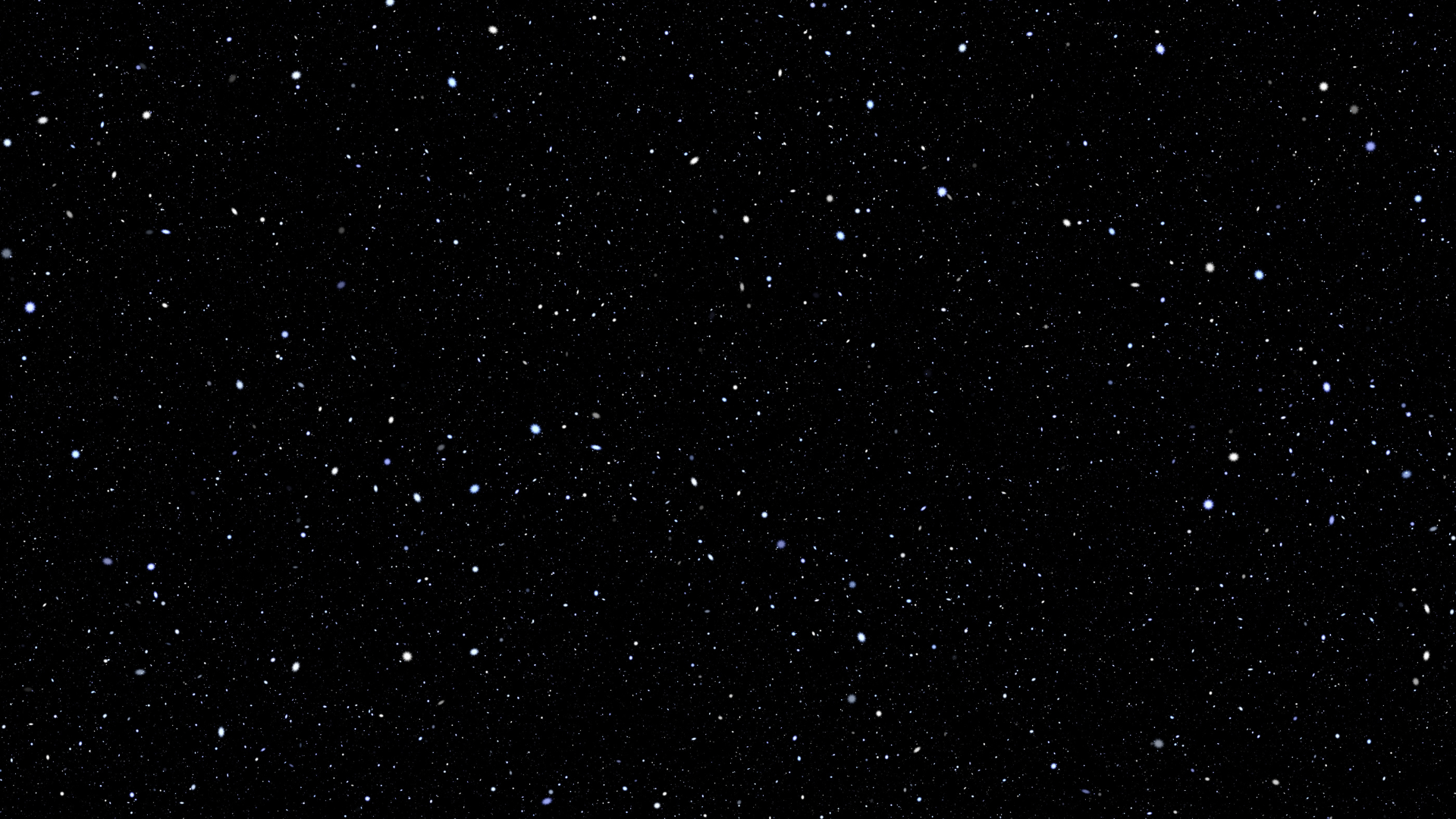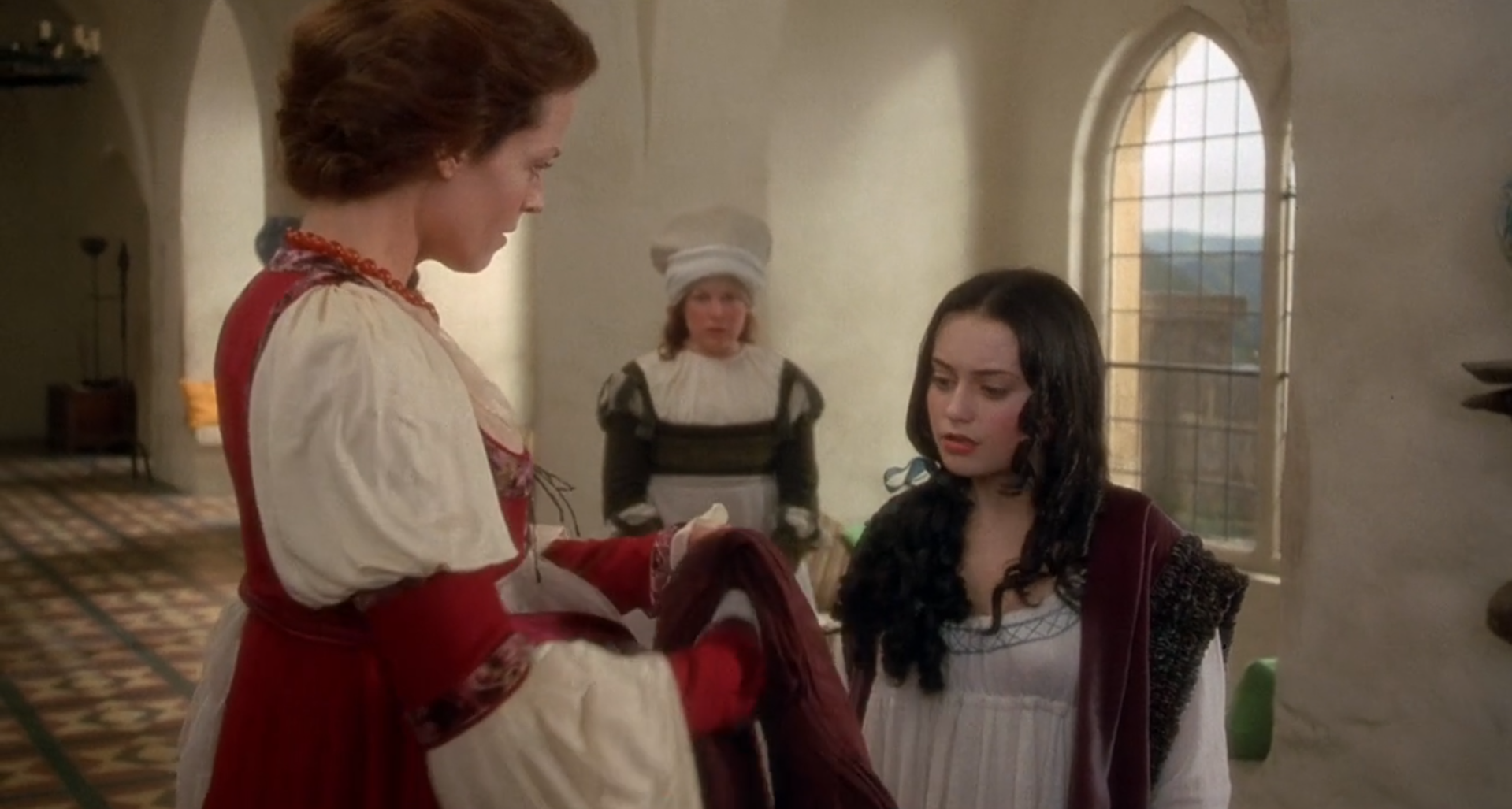In Snow White: A Tale of Terror (1997), director Michael Cohn transforms the familiar fairytale into a psychologically charged dark fantasy / Gothic horror narrative, foregrounding the darker aspects, submerged traumas, and emotional undercurrents that are glossed over in conventional retellings . At the core of the film lies the fraught relationship between the heroine, Lilli, and her stepmother, Claudia — two women shaped by loss, power, and transformation. While Lilli embodies a kind of innocence, especially in contrast to Claudia’s escalating cruelty and descent into obsession and violence, their dynamic reflects a more complex psychological entanglement in which maternal desire, grief, and resentment intertwine. Both characters are caught in the emotional aftermath of maternal loss, societal expectation, and repressed desire. Their relationship evokes the Freudian uncanny — a confrontation with the familiar rendered strange — as Claudia projects her anxieties, unmet longings, and internalised failures onto Lilli. In doing so, the film reframes the fairytale conflict not as a simple moral opposition, but as a tragic unravelling of identity and intimacy under the weight of unresolved psychic disturbances. In this space, repressed fears and unspoken wounds surface, suggesting that the monstrous emerges from within the fractured self and the intimate bonds we rely on to define it, rather than from fantasy.
Claudia (Sigourney Weaver) is a complex maternal figure whose descent into madness is portrayed not as inherent wickedness but as a tragic unravelling shaped by trauma and societal expectations of femininity. Her transformation into the “evil stepmother” archetype is rooted in psychological rupture — namely the stillbirth of her child and the alienation from her stepdaughter Lilli. Claudia becomes a vessel for projections of female monstrosity, aligning with the notion of the “monstrous-feminine,” wherein female power is rendered as both seductive and abject. Claudia’s descent into sorcery reflects a deeper unravelling of the self.
The figure of Snow White (Lilli), traditionally symbolic of passive purity, is here reimagined as a psychologically complex adolescent who must negotiate her own identity through confrontation with death, desire, and symbolic rebirth. Her exile into the forest becomes a metaphor for a Jungian descent into the unconscious, where she encounters exiled male figures — replacing the seven dwarves with psychologically wounded outsiders — each embodying dislocated or fractured aspects of the self. The forest becomes a liminal, destabilising space of psychic confrontation, in which the boundaries between civilisation and savagery, ego and shadow, are blurred.
The mirror motif, central to the Snow White mythos, is recontextualised in Snow White: A Tale of Terror as more than a symbol of vanity or narcissism. Instead, it operates as a Lacanian symbol of the fractured self — an object that reflects not a coherent identity, but the illusion of wholeness that conceals the subject’s fundamental split. In Lacan’s mirror stage, the subject misrecognises themselves in the mirror image, forging an ego that is both alien to them and foundational to their sense of self. In Claudia’s obsessive relationship with the mirror, we see a dramatisation of this (mis)recognition: she gazes into it to anchor a self that is internally collapsing, rather than to simply affirm her beauty. Her descent into violence is a response to the disintegration of this illusion, as the mirror ceases to reflect mastery and instead reveals her fragmentation and despair.
By rejecting moral binaries, the film destabilises the fairytale’s traditional roles of innocent and evil, exposing the uncanny not as an external threat, but as something that emerges from within the home, the self, and the maternal body. Rather than being born from fantastical monsters, the terror here is generated from the intimate collapse of identity and relational roles. The domestic sphere — once associated with nurturing and safety — becomes the site of dread, echoing Freud’s theory of the uncanny as the return of the repressed within the familiar. The forest, often a symbolic space of transformation in fairy tales, takes on a heightened function as a liminal realm where societal structures unravel. It is a psychic landscape as much as a physical one, reflecting Lilli’s internal conflict and Claudia’s descent into monstrosity. Within this space, the dichotomies of civilisation and savagery, ego and shadow, dissolve, leaving characters suspended in a realm where their deepest fears and desires are no longer containable.
The film’s Gothic setting — replete with decaying interiors, flickering candlelight, and looming ancestral trauma — functions as an externalisation of Claudia’s deteriorating psyche. As she becomes increasingly unhinged, her reflection in the mirror becomes less a source of affirmation and more a site of psychic disintegration. In this way, the mirror functions both as a magical device and a Lacanian symbol of the fractured self, mediating Claudia’s descent into madness. The horror in A Tale of Terror stems less from supernatural spectacle than from the emotional claustrophobia of unresolved grief, maternal envy, and the suffocating weight of legacy. The film compels its viewers to confront the monstrous feminine not as a mythic trope, but as a psychological inevitability within a repressive patriarchal structure.
Ultimately, Snow White: A Tale of Terror resists the moral clarity of traditional fairy tales, offering instead a meditation on the psychological toll of repression and idealisation. Its terror arises through the uncanny terrors rooted in the familial and the familiar.

